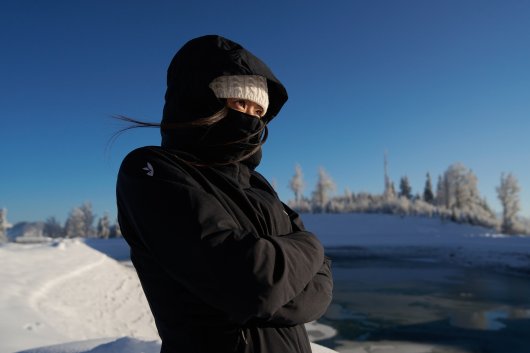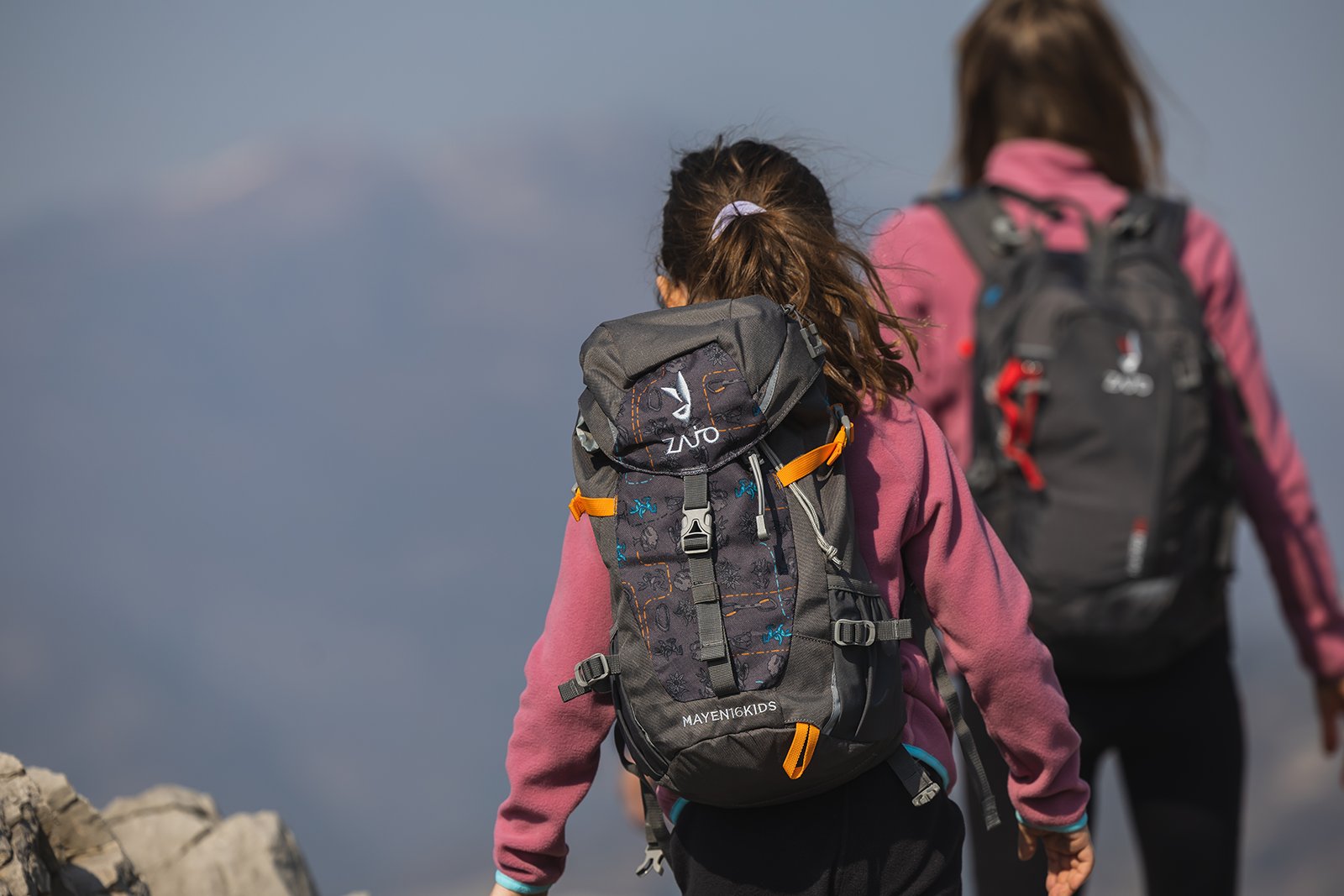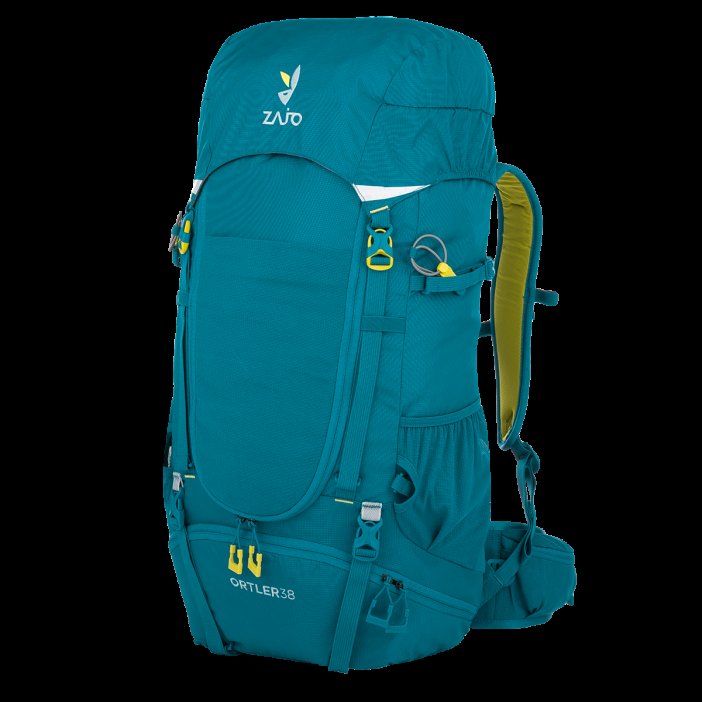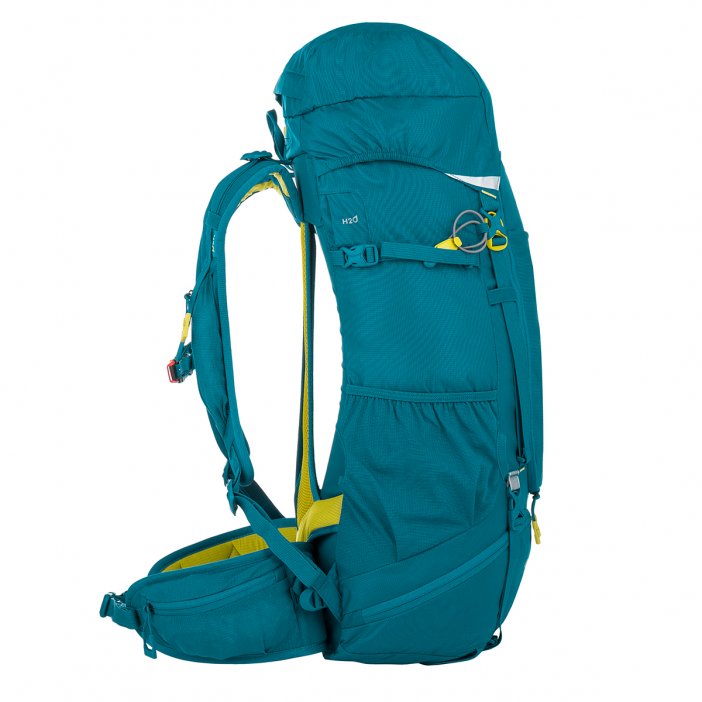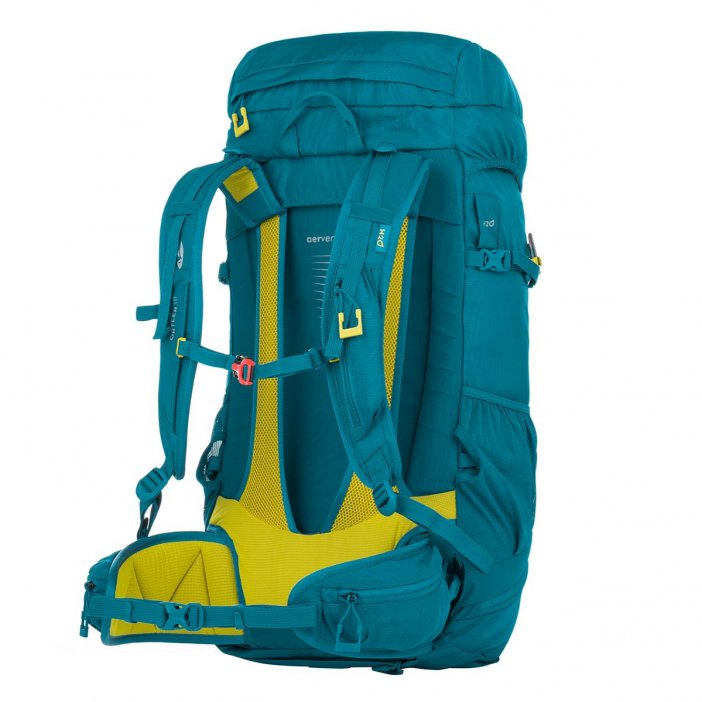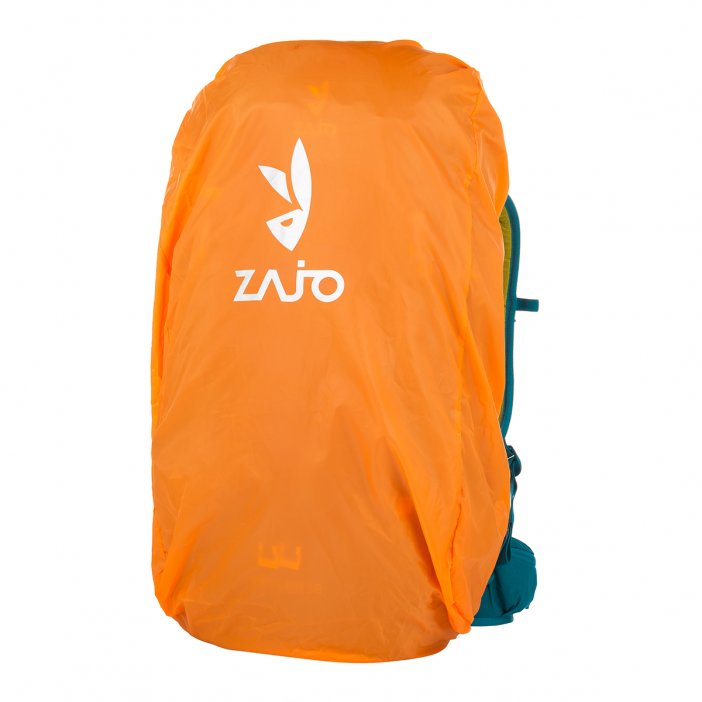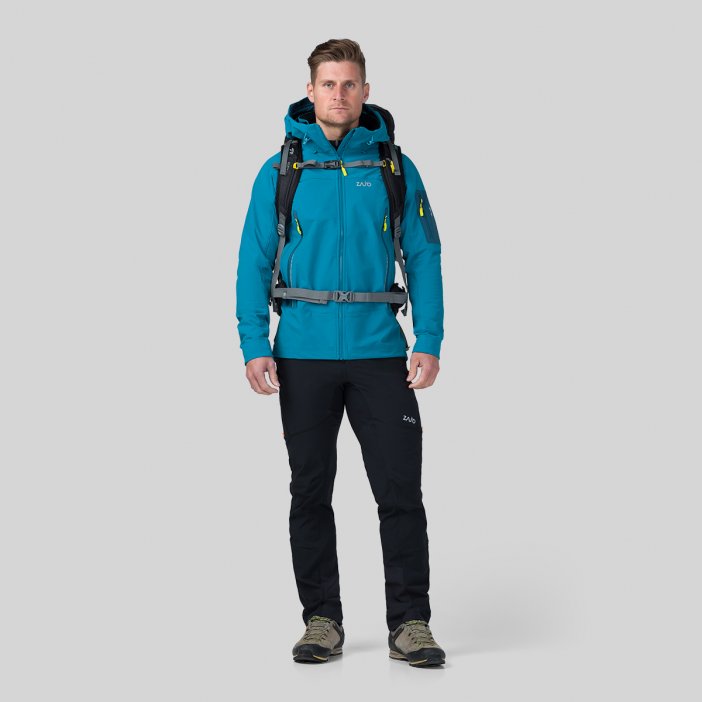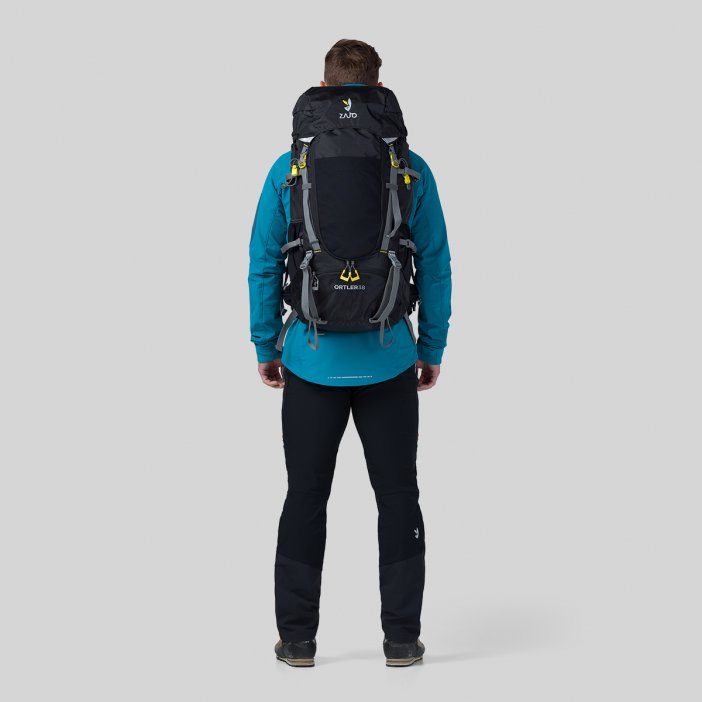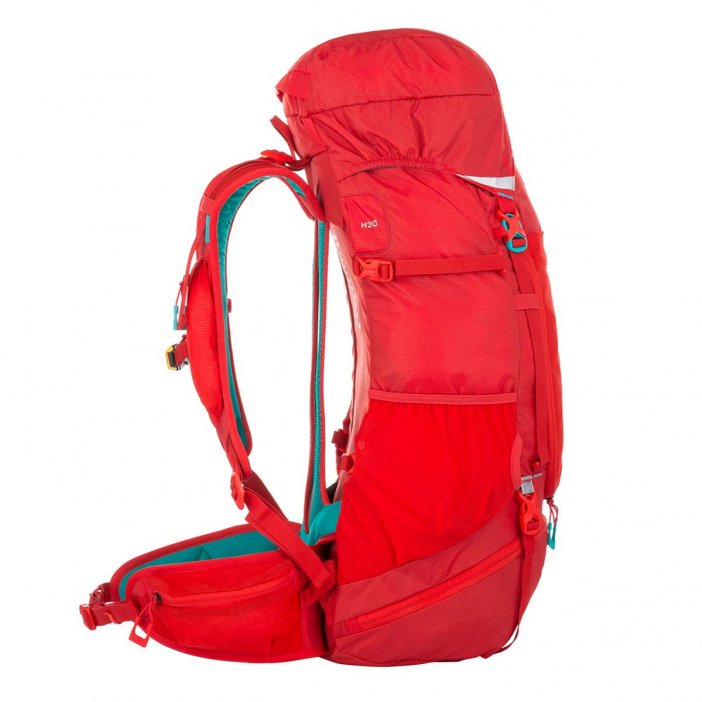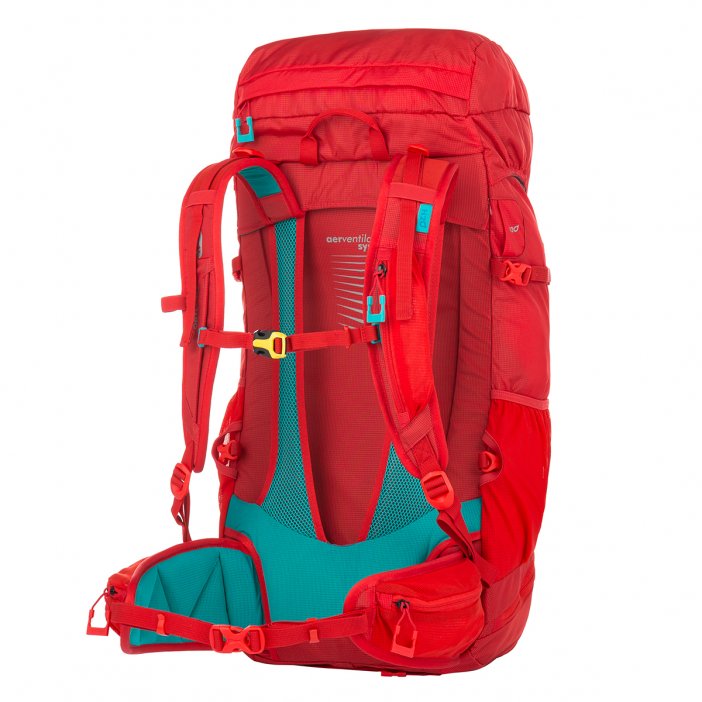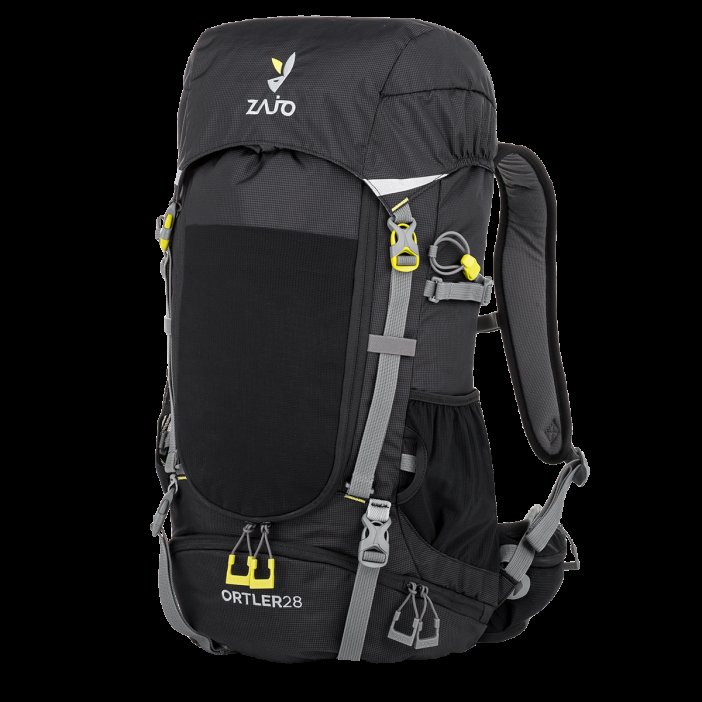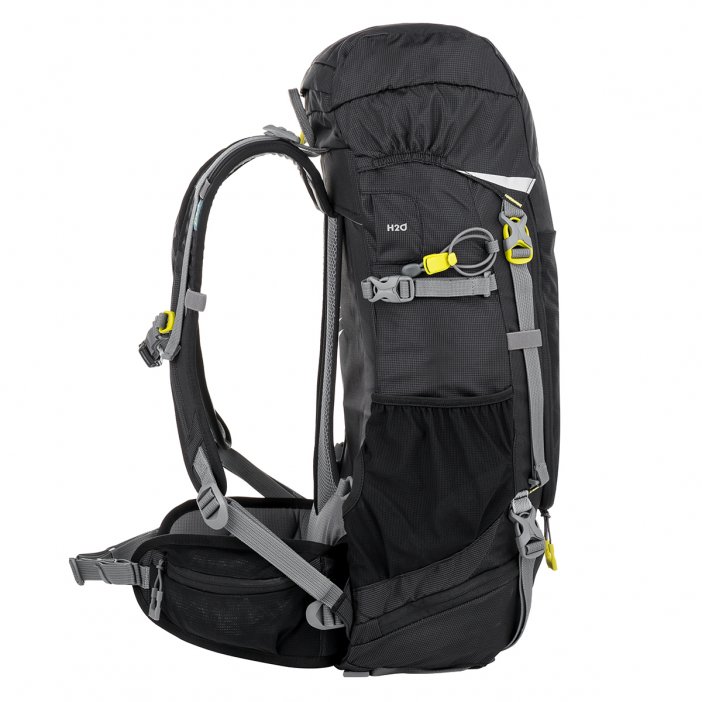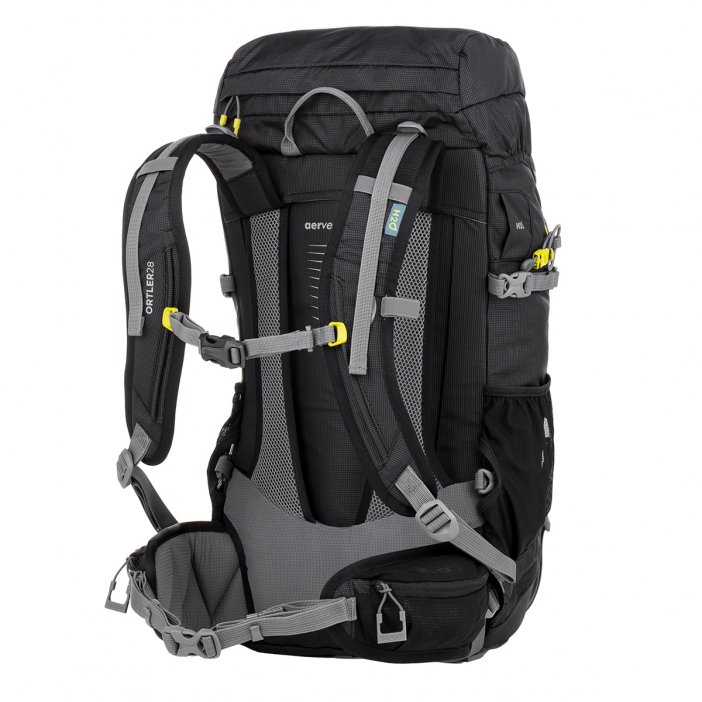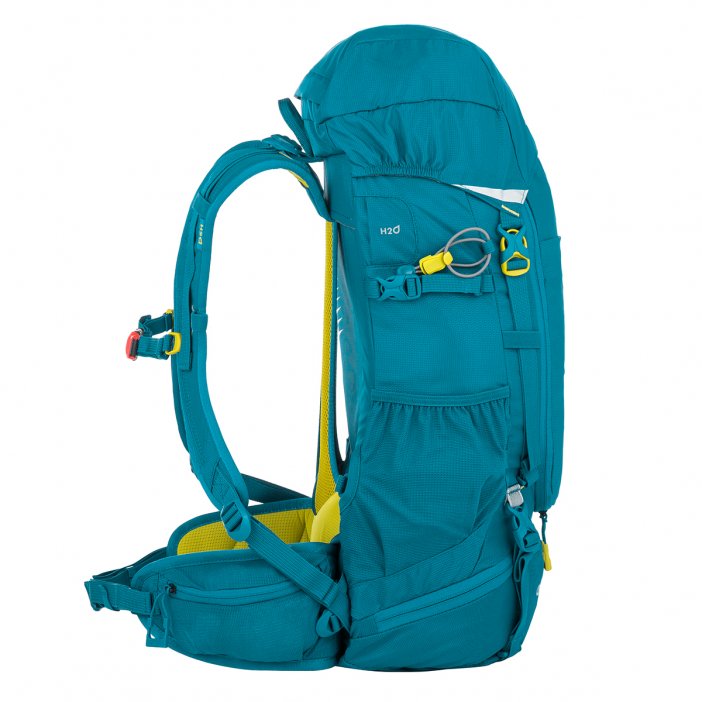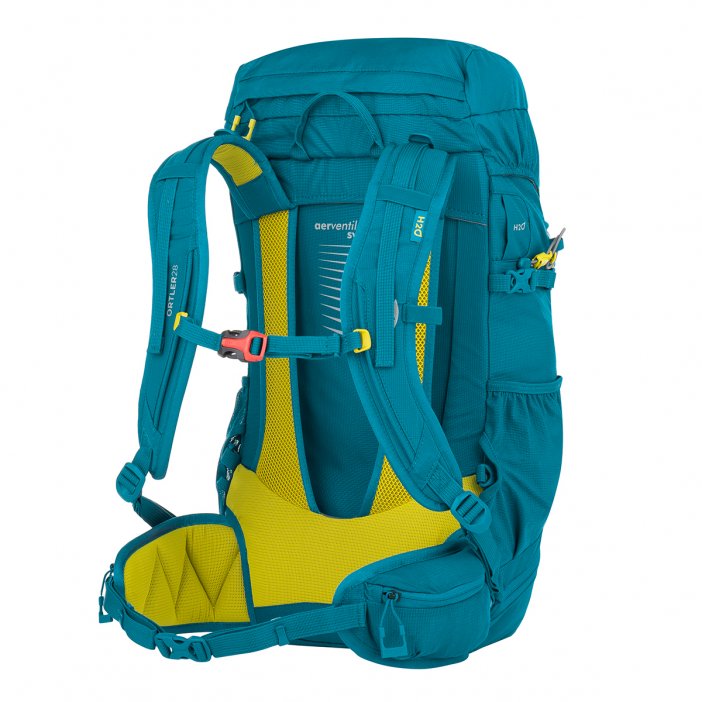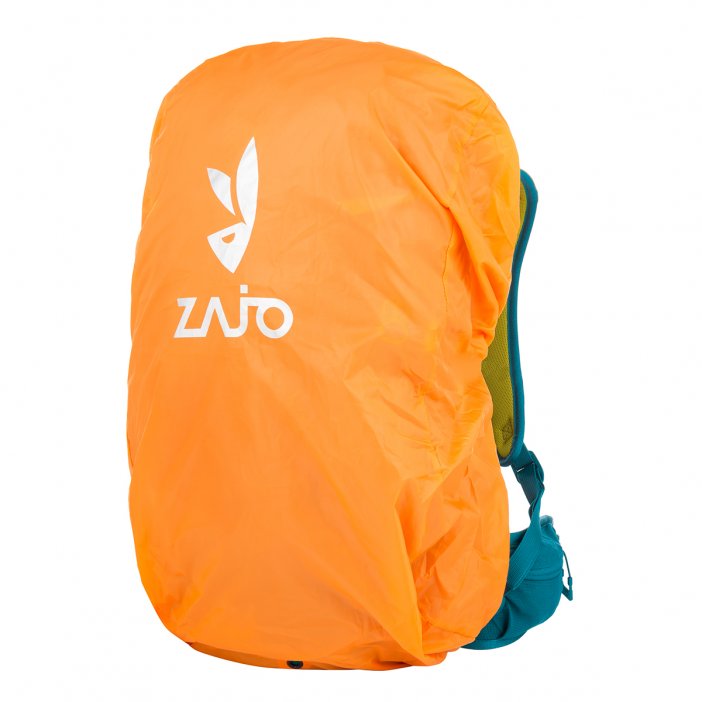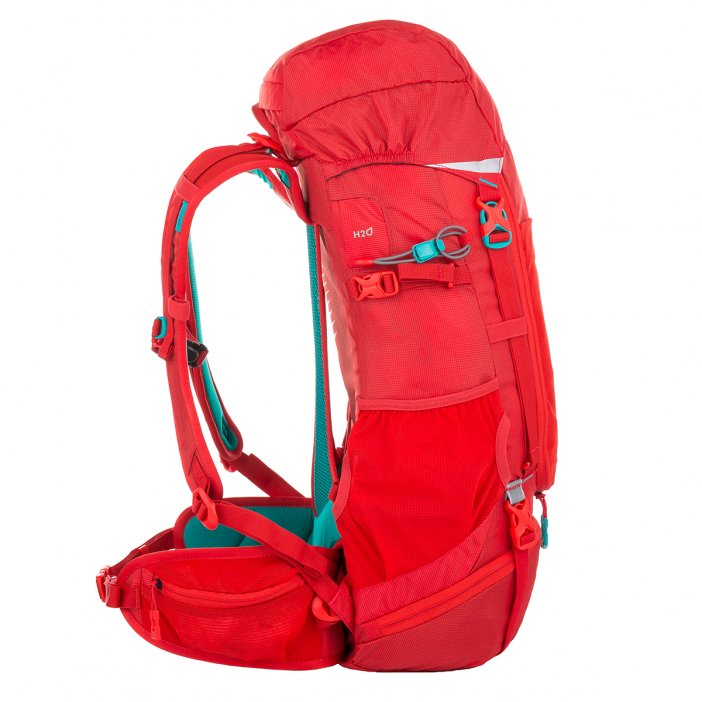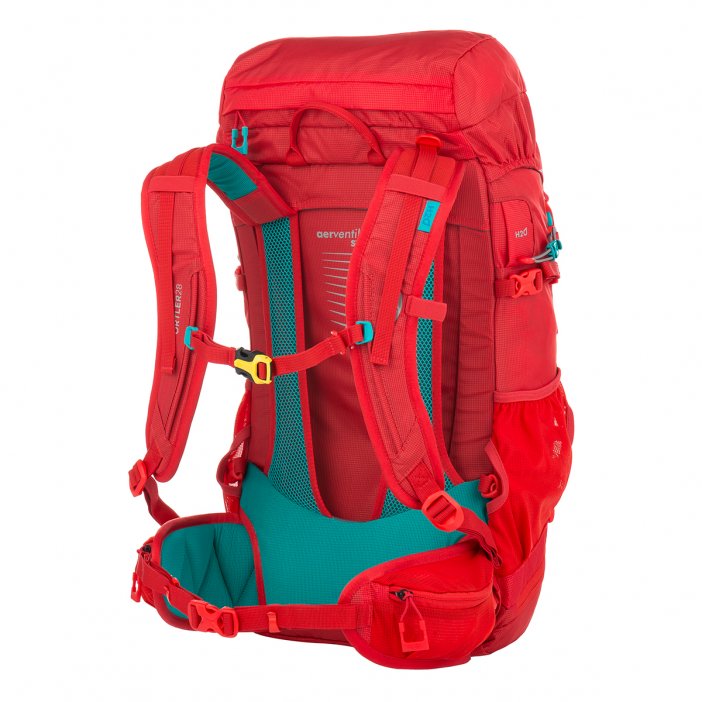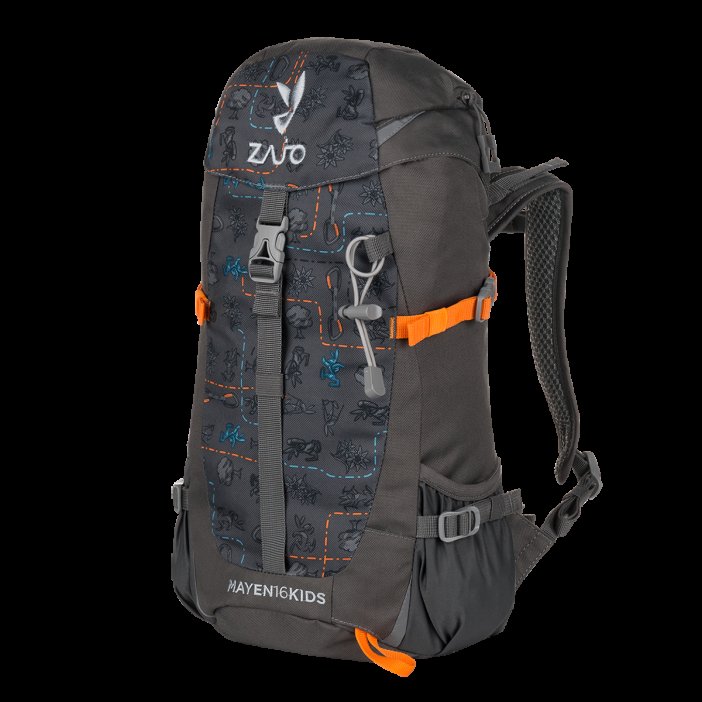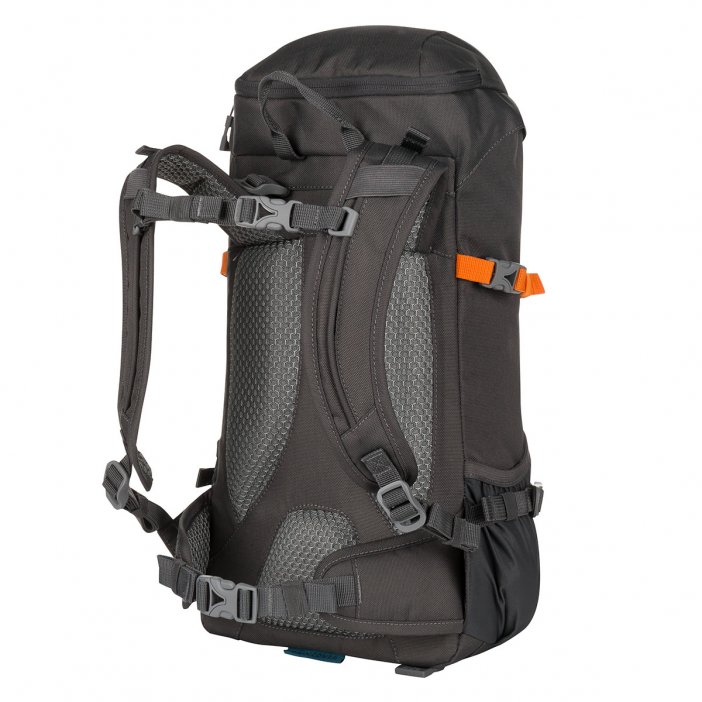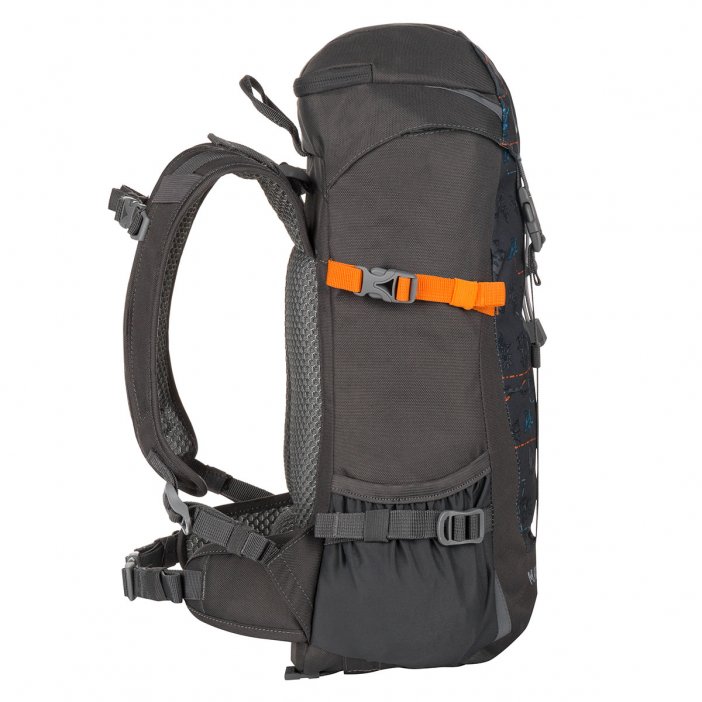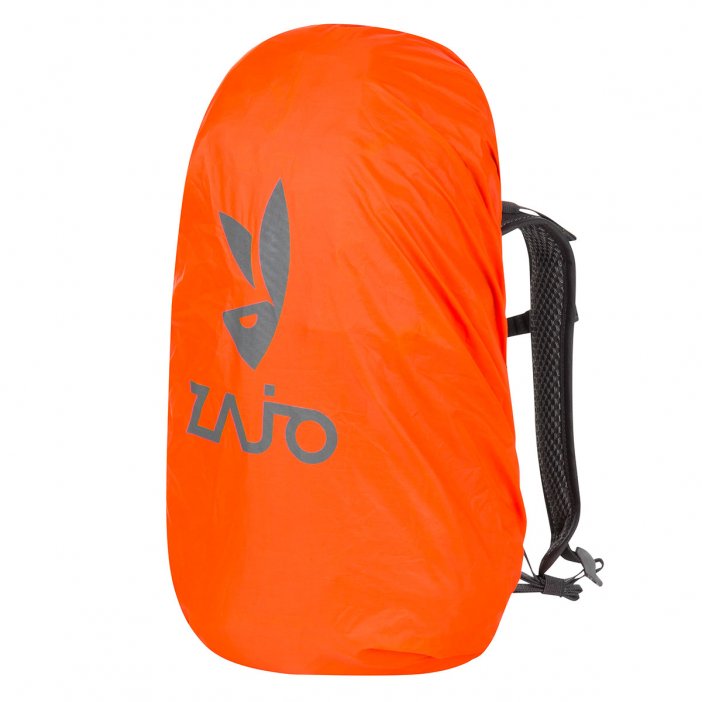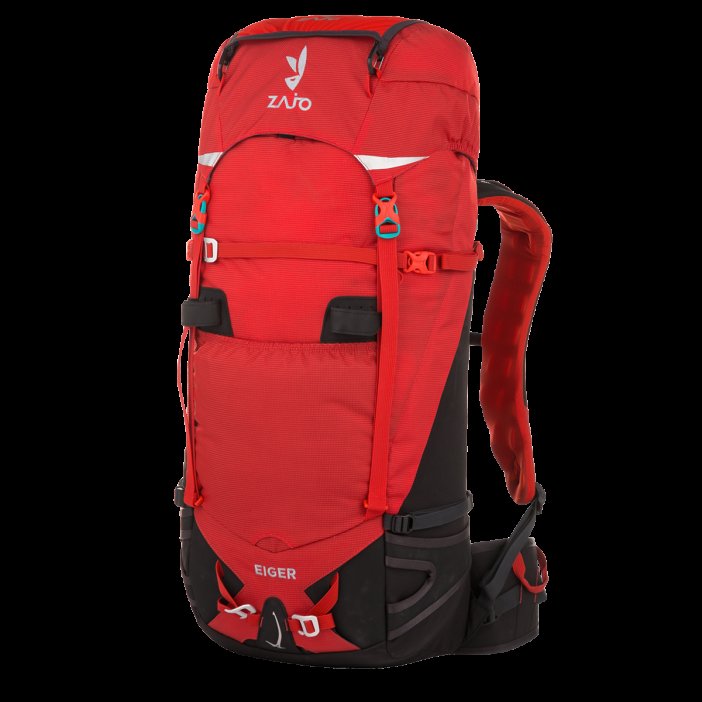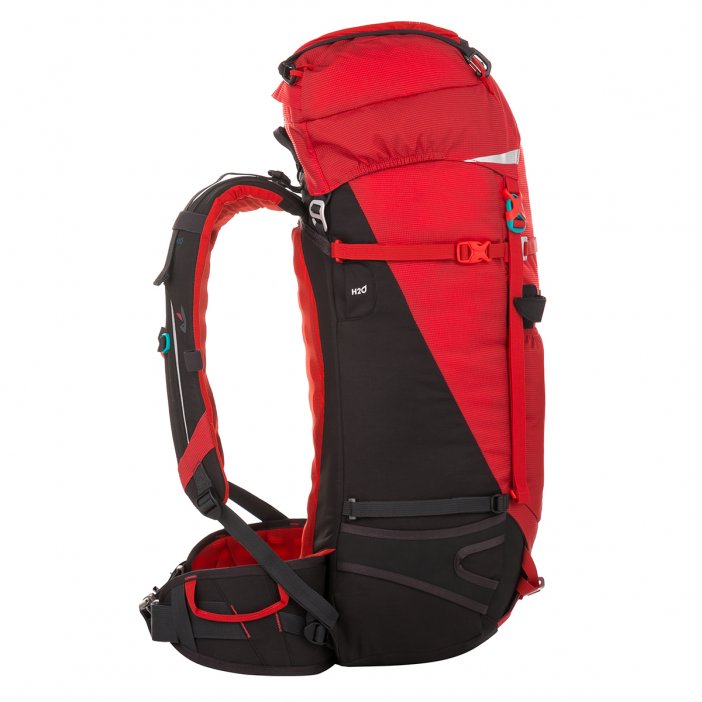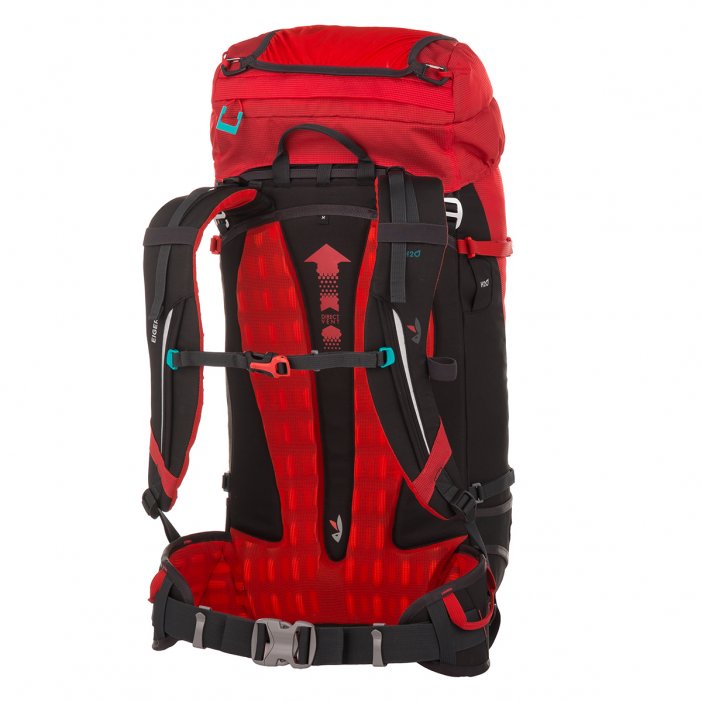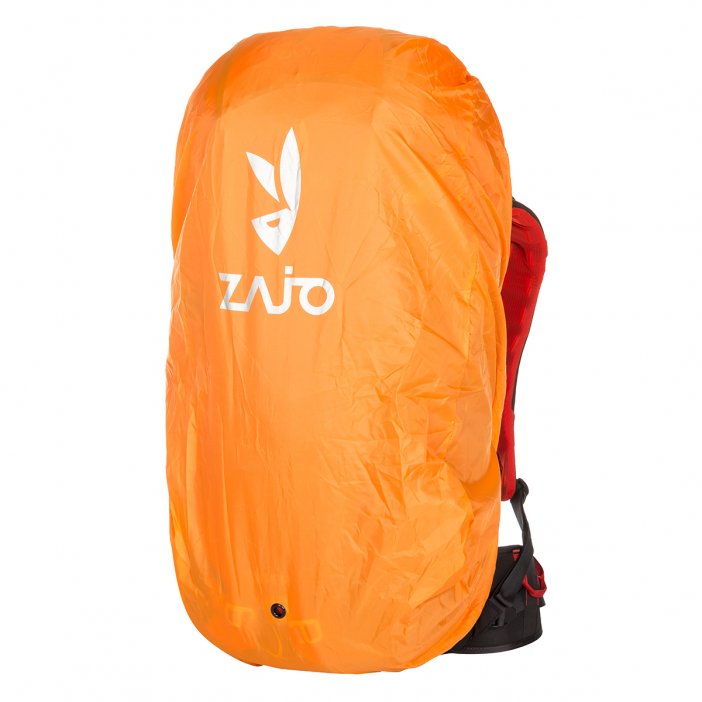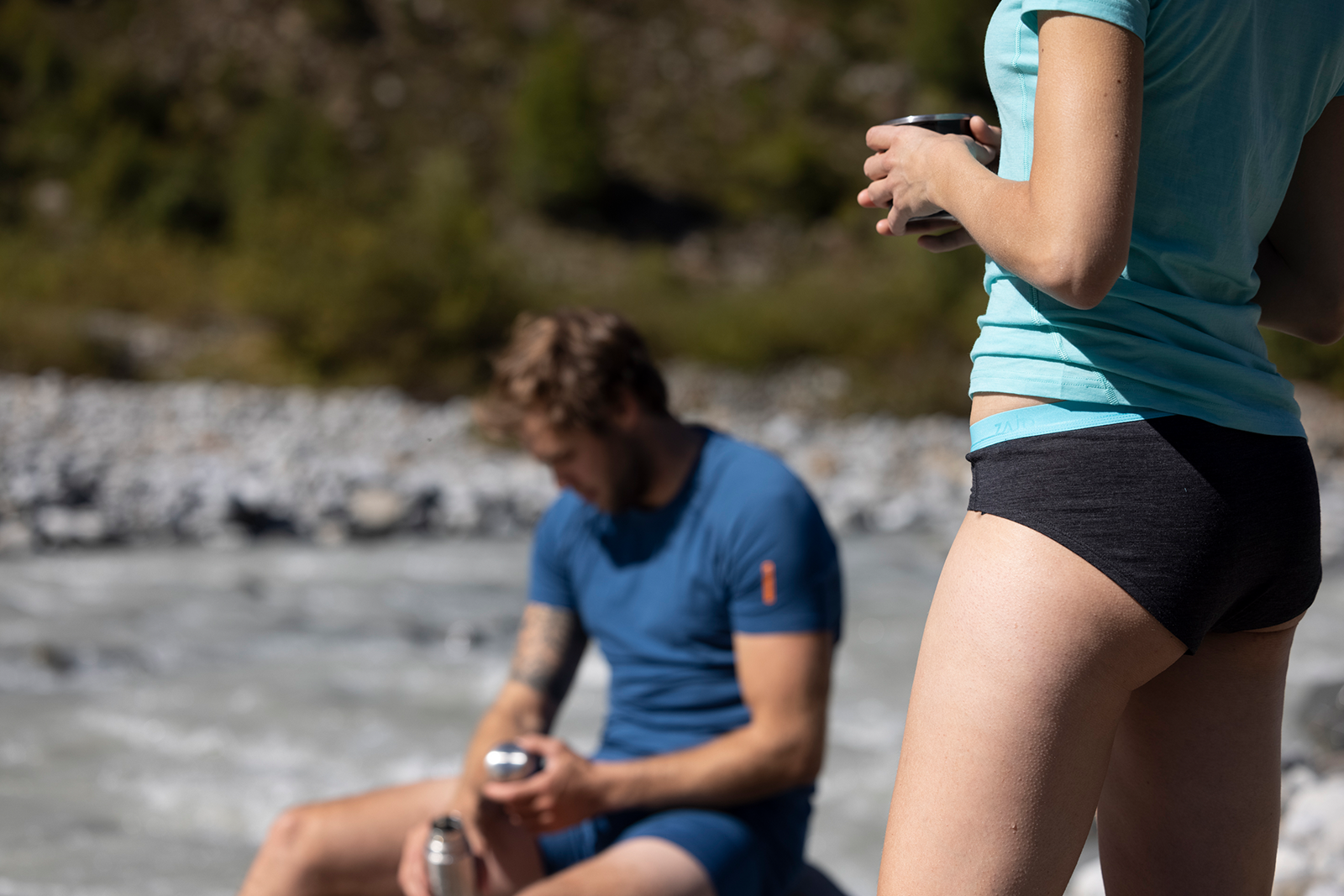How to clean a hiking backpack
A hiking backpack is a piece of equipment that doesn't require frequent cleaning. In the lifetime of a backpack, you probably won't need to clean it more often than you can count on the fingers of one hand. Once in a while, however, there comes a moment when cleaning is inevitable.
Cleaning a rucksack, however, is not a simple matter - under no circumstances should a rucksack be washed in a washing machine. Not at low temperatures, not in cold water, not even with the mildest detergents. A rucksack simply does not belong in the washing machine, and if anyone advises you otherwise, we strongly recommend that you don't listen. At best, machine washing will significantly weaken the structure of the backpack and its parts, the consequences are highly likely to be worse, and at worst you may be buying a new washing machine. The same rule applies to the dryer.
So how to clean a backpack properly?
If you've just come back from a hike with a dirty backpack, the first step is to let it dry. Wet dirt would just be rubbed on the pack, while we can mechanically remove most of the dry dirt with an ordinary brush. We don't ignore the inside of the pack either, which we can simply vacuum out, or we can vacuum it up with a vacuum cleaner, which will rid the inside of the vast majority of loose dirt.
After a good dry cleaning, we take a wet sponge and use it to clean the remaining dirt.
This simple process can work wonders on its own, but it's not always enough. In this case, we also use a detergent, but not just any detergent. Ordinary cleaners are too aggressive for backpacks, so we use cleaners that are specifically designed for backpacks. Mix the detergent with lukewarm water as instructed and clean thoroughly with a sponge or brush.
We pay special attention to three areas - the shoulder straps, the back system, and the hip belt. It is these three parts of the backpack that can come into contact with moisture from the human body and slowly absorb it. These three parts are therefore not only prone to getting dirty but also to smell.
What to do with the backpack after cleaning?
After thoroughly cleaning with a sponge, brush, and product, rinse the backpack with clean lukewarm water, ideally with a shower head. This rinse should be thorough to get as much of the dirt and any remaining product out of the pack as possible. Wring out the parts of the rucksack that can be wrung out.
Then open every single compartment of the backpack and hang it upside down, ideally in the fresh air, but not in direct sunlight, which could damage the material. This drying process takes quite a long time, or we can use cloths or paper towels to help. However, we avoid drying with a hairdryer and drying on a radiator.
When the backpack is dry
Once the backpack is dry, it is ready for the next use, but its future functionality and durability can be greatly helped at this stage. It is a good practice to spray the zippers with a special zipper lubricant to ensure longer zipper life and trouble-free functionality.
Impregnation is also a great way to help your backpack last longer. Waterproofing protects the backpack from water and dirt penetrating the structure of the backpack as it creates a thin barrier on the surface. In addition, this way the backpack can withstand even light rain and we don't have to take out the rain cover every time it drizzles.
Applying the waterproofing is very easy and usually a matter of minutes, if not tens of seconds.
Where to put the backpack?
The way you store it can make a big difference to the life of your backpack one way or the other. Put the backpack in a dark area with plenty of air. Always store the backpack empty. The backpack should not be stored in areas where the temperature can change quickly, such as the trunk of a car.




